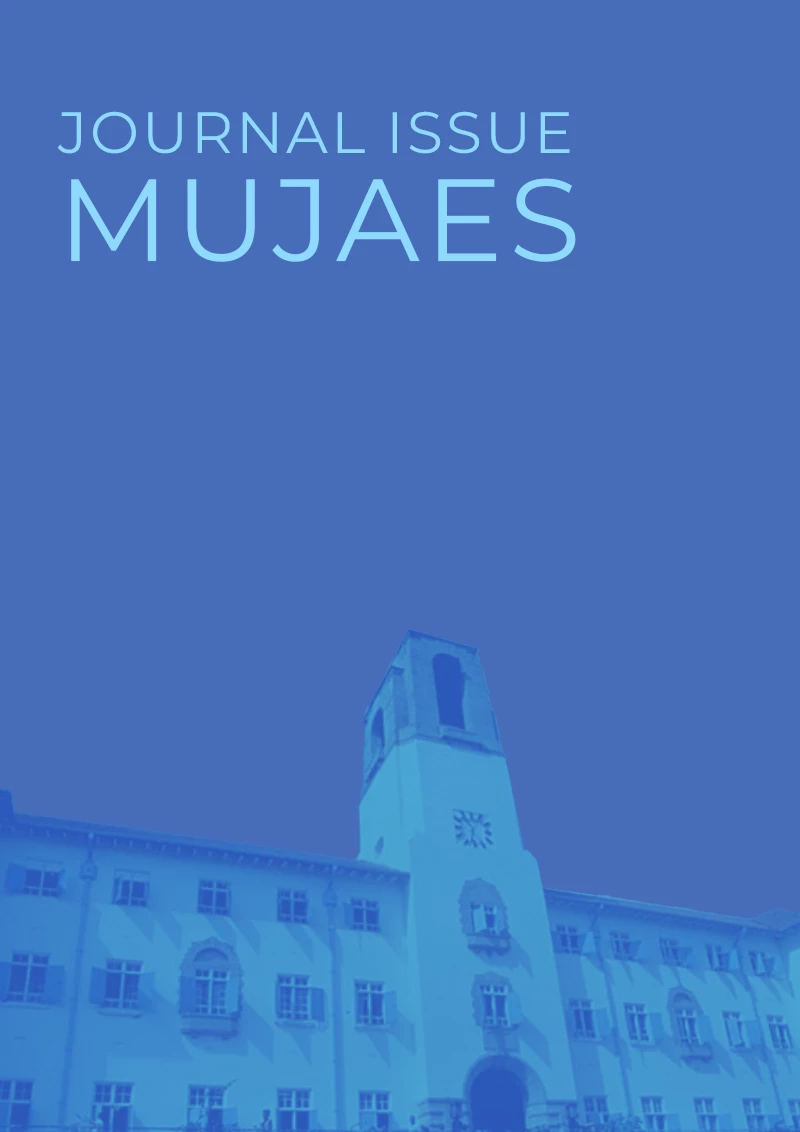Participatory breeding with advanced potato clones of population A in Southwestern Uganda

Abstract
The primary objective of the potato program in Uganda is to develop improved varicties with high yields, late blight resistance, good agronomic characters, acceptable post-harvest qualities and adaptable to many environments. However, development of useful crop germplasm is only beneficial if it is distributed and subsequently utilized. Sixteen advanced potato clones, with Victoria and Kisoro varicties as standard checks, were evaluated in six seasons at Kalengyere Research Station for yield, resistance to late blight, and other agronomic traits. Farmers participated in the on-station evaluation process and selected six genotypes for on-farm and farmer field schools evaluations. As a result, genotypes 382171.4, 381403.8 and 575049 were released in 1999 as NAKPOT 1, NAKPOT 2 and NAKPOT 3 varieties, respectively, and genotypes CIP 381471.18 and CIP 387121.4 are at prerelease level. NAKPOT 1 and NAKPOT 3 were selected for their high yields, carly bulking and resistance to late blight. CIP 387121.4 was selected for its resistance to late blight and red skin colour. CIP 381471.18 was selected for its high yields, round tuber shape, white skin colour, culinary qualities and high resistance to late blight, although it has a very long dormancy period and is relatively late maturing-
Keywords
Farmer varietal selection, Lateblight, Solanum tuberosum, Uganda